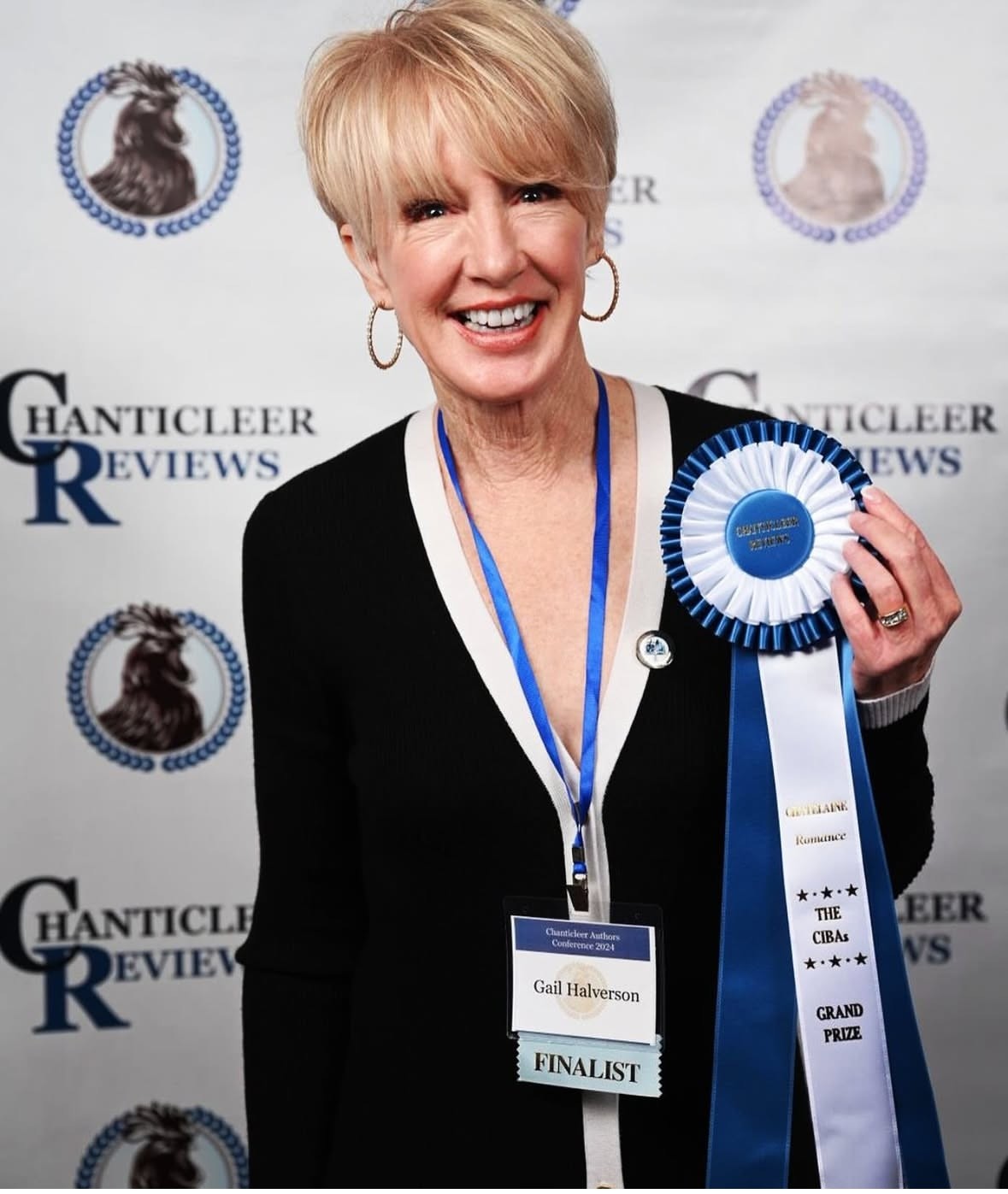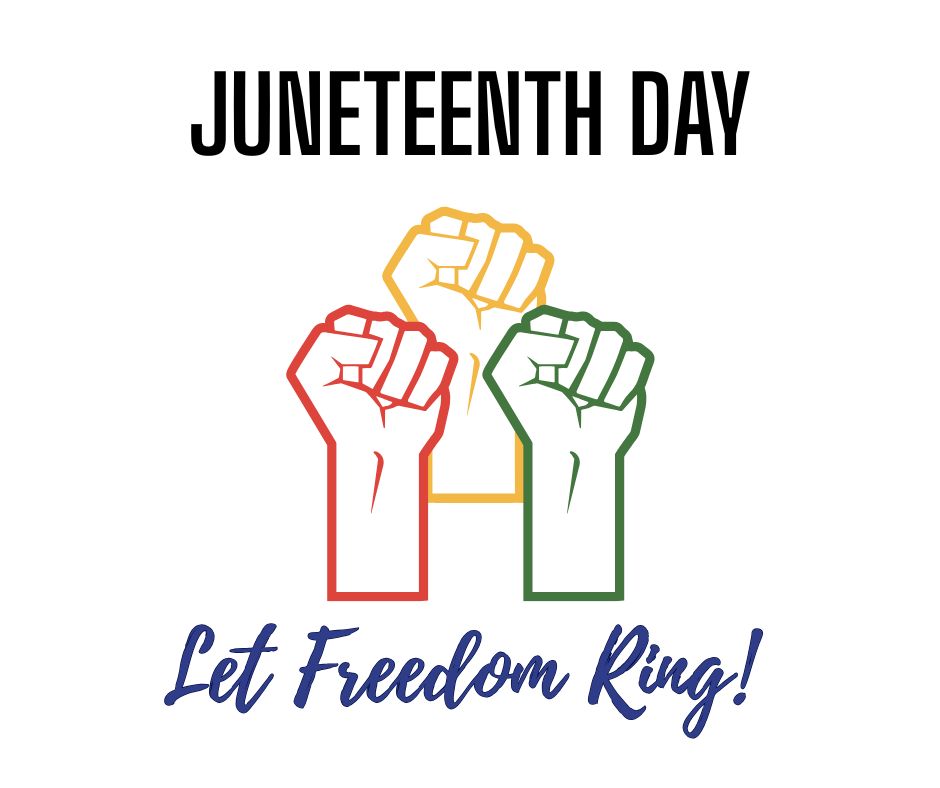|
Listen to or download this article:
|

This year we celebrate the 125th anniversary of the birth of one of America’s most important authors, Ernest Hemingway.

Born on July 21, 1899 in Oak Park, Illinois, the influential American literary icon changed the style of novel writing by creating prose that was straightforward and concise, while not sacrificing the emotional impact and lyrical prose. Hemingway wrote about important and timely topics, such as war and the bloody sport of bullfighting, in an accessible way without losing the underlying meaning or sacrificing the emotional reaction he strove to activate in his readers. For this reason, he continues to be celebrated today. In honor of his 125th birthday, I’ll connect three of his most famous stories with the real-life events that influenced his writing.

A Farewell to Arms – Exploring the Heart of A Young Man in Love and War
After graduating high school, Hemingway became a reporter for the Kansas City Star in Missouri, and the following year he volunteered as an ambulance driver for the Red Cross in Italy during World War I. He was wounded by mortar fire and spent months recuperating under the care of an English nurse, Agnes von Kurowsky, with whom he fell in love and had affair. She was an older woman who eventually broke Hemingway’s heart when she ended the relationship after he returned to the United States.
In A Farewell to Arms, Hemingway’s fictional character Lt. Frederic Henry falls in love with Catherine Barkley, and their relationship explores the emotional, physical, and spiritual connection Hemingway and van Kurowsky shared during the tumult of World War I.

A Moveable Feast – A Writer’s Life in 1920s Paris
Ernest Hemingway chronicled his early years as a struggling journalist and writer in Paris during the 1920s in A Moveable Feast. The work mentions Paris’s legendary bars, cafes, and hotels of the era, and gives insight into his relationships with other notable cultural figures of the “Lost Generation,” such as Sylvia Beach, Aleister Crowley, F. Scott Fitzgerald, Ezra Pound, and Gertrude Stein.
One scene in the book offers a moment of reflection for every writer. His first wife, Hadley Richardson, mistakenly throws out the only copy of a book he’d been working on. It’s a heartbreaking scene, but one that adds to the poignancy of the story.

The Old Man and the Sea – The Death of the Writer’s Soul
After a period of frustrating writers block, Hemingway published what would become his last significant work in 1952. “The Old Man and the Sea,” a novella about an aging fisherman in pursuit of a marlin off the coast of Cuba explores how perseverance and dignity are the “weapons” used to battle through a person’s struggles in life and the theme acts as an allegory of the writer’s own struggles to preserve his art in the face of the fame and attention.
Hemingway struggled to produce a major literary work for more than a decade before the “The Old Man and the Sea” debuted, and despite some critics proclaiming it didn’t hold up next to his earlier works, the book was awarded the Pulitzer Prize in 1953 and won the Nobel Prize for literature in 1954.
We will always remember Hemingway
Oftentimes, Ernest Hemingway’s life is told as a series of amazing adventures, mental and physical suffering, lost loves, and a sad and unfortunate ending. Many would say his life was tragic, but that life provided a deep well of stories that propelled Hemingway to produce some of the most important literature in the American cannon. With the skill of a surgeon, Hemingway relied on lessons gained as a reporter to deliver emotionally impactful storytelling in a clear and concise way that many writers continue to turn to for inspiration and learning.

Happy 125th birthday, Ernest Hemingway!
Interested in exploring the times Hemingway experienced through the storytelling of today’s authors? We encourage you to dig into stories written by Chanticleer’s authors who bring to life the early days of the Twentieth Century with the following books.

Passage Home to Meuse
By Gail Noble-Sanderson
First Prize Winner in the Chatelaine CIBA Division
It’s 1923 and character Marie Durant Chagall is now 27 years old as she tells about her life-altering events inThe Passage Home to Meuse,thanks to author Gayle Noble-Sanderson. This is the second historical novel in the Meuse Trilogy. The world around Marie is still reeling from the devastation of World War I. She and the other characters in the book are learning how to continue living, and perhaps more importantly, wishing to find joy once again in life.
Marie is at home in France, seeking peace within, as well as for those around her. She looks for ways to help others who are in need, and her nursing skills come in handy to help this farming community. Nearby she’s found a sense of belonging with the Sisters at the Chapel, and her friendships continue with Henri and others.

A War in Too Many Worlds
By Elizabeth Crowens
Grand Prize Winner in the Cygnus CIBA Division
Musician-turned-time-traveler John Patrick Scott adds spy and saboteur to his resume while undercover in Germany in the final months of World War I, in A War in Too Many Worlds, the third installment of Elizabeth Crowen’s thrilling sci-fi series, The Time Traveler Professor.
Meanwhile, Scott’s once and future collaborator in psychic experiments, Sir Arthur Conan Doyle, is back in Britain sharing real time-travel adventures with the inventor of the fictional time machine, H.G. Wells.

A Week at Surfside Beach
By Pierce Koslosky Jr.
Grand Prize Winner in the Shorts CIBA Division
Vacationers from all walks of life converge on Portofino II-317C, South Carolina, a quaint blue beach house, in Pierce Koslosky Jr.’s short story collection, A Week at Surfside Beach.
From May 30th-December 26th each group of people comes to stay one week at a time, to forget their cares of the big city, to work, to celebrate, or to simply get away. Surfside Beach has much to show them, including temperamental weather.
The small town itself offers a charming supermarket where fishing supplies, whoopie pies, and local southern favorites can be found. The Christmas vacationers, the final of the thirteen beach house renters, struggle to find a tree in time; a real tree simply wouldn’t allow enough space for the family to sleep, and the fake tree would cost too much. But they find arts and crafts supplies in town, to fashion a paper Christmas tree during a day of rainy weather.
Sower of the Black Field
By Katherine Koch
In The Sower of Black Field, Katherine Koch’s historical fiction novel, Father Viktor Koch— a 67-year-old Catholic priest— presides over a monastery in a small German village, as the Nazi regime sweeps through the country.
The time is April, 1941. Fr. Viktor’s order, the U.S.-based Passionists, built the monastery eight years prior, providing employment for most of the villagers and remaining a symbol of their faith.
Fr. Viktor has lived in Europe for over 20 years, but balances his love of Germany, its land, its mysticism, with his American roots. He will need all his personal and religious resources over the next four years as the Nazis take hold in the village and, later, the Americans come to “de-Nazify” the town and hold its people responsible for the horrors of the Holocaust.













Leave A Comment